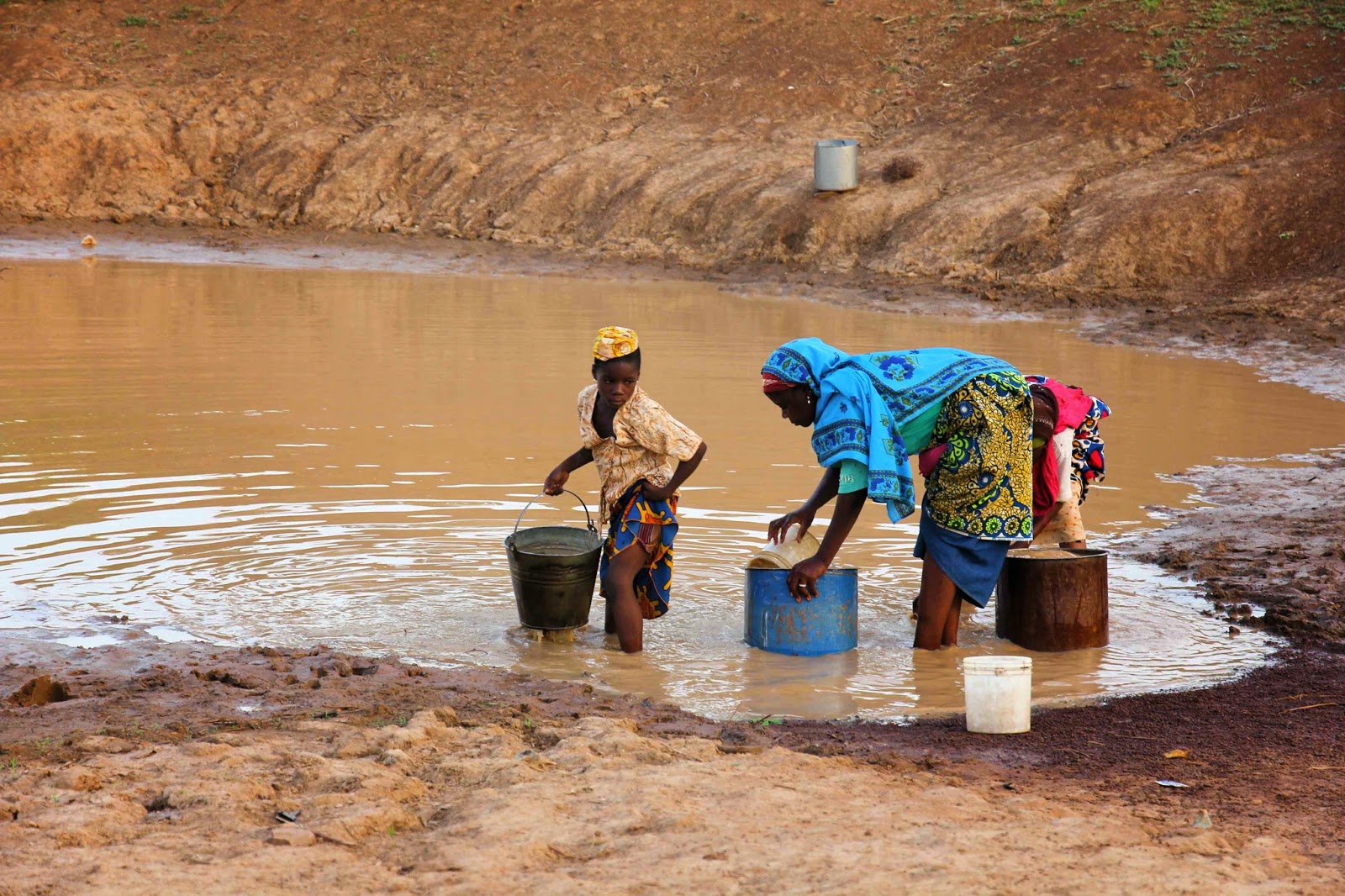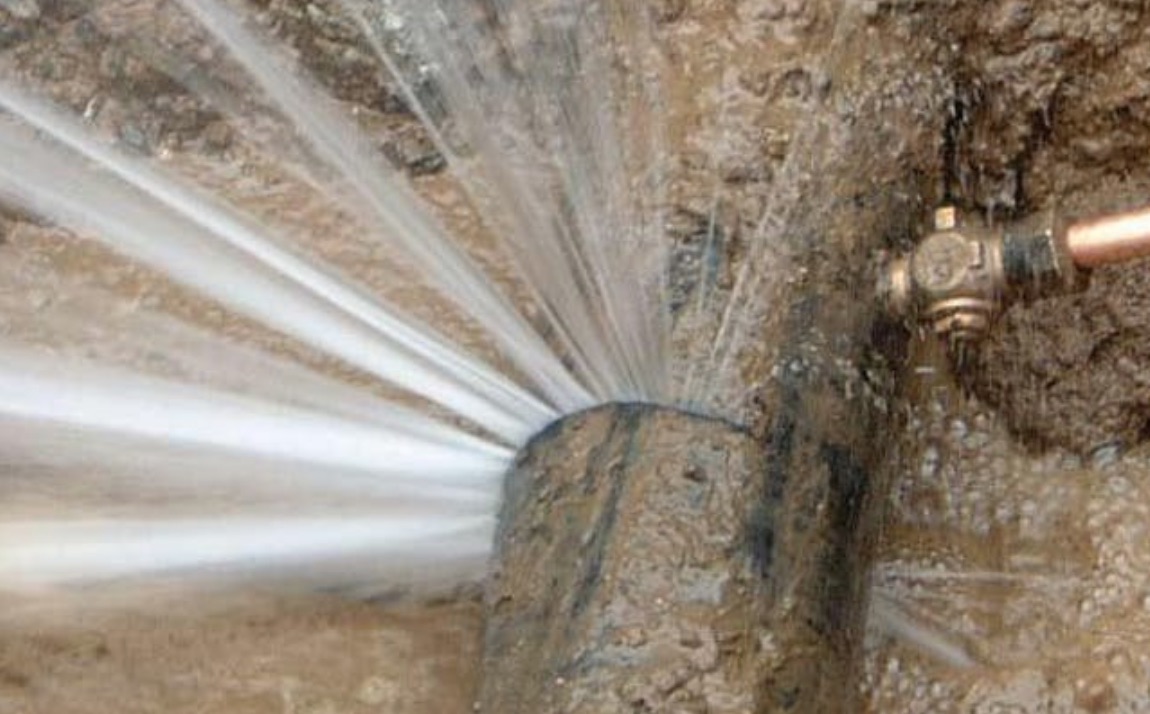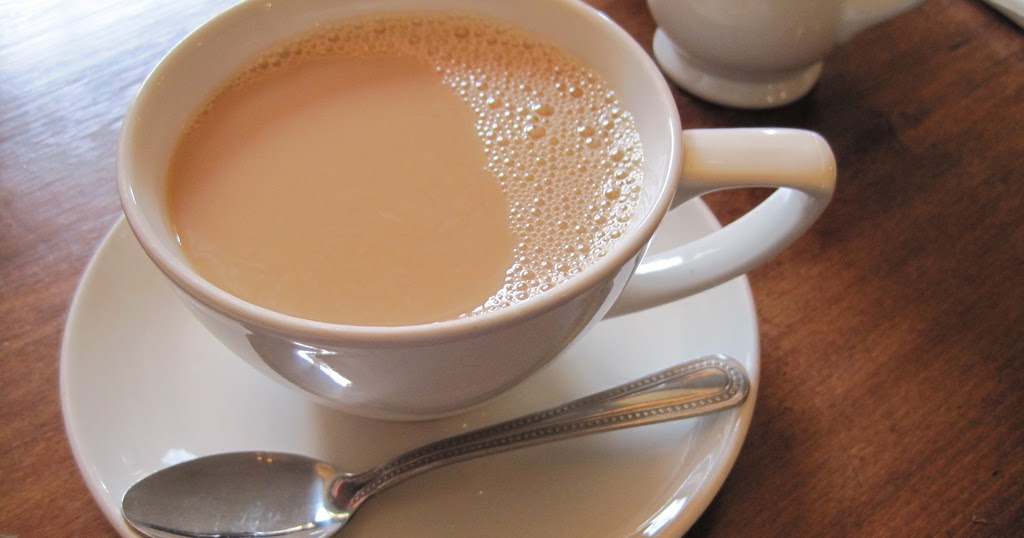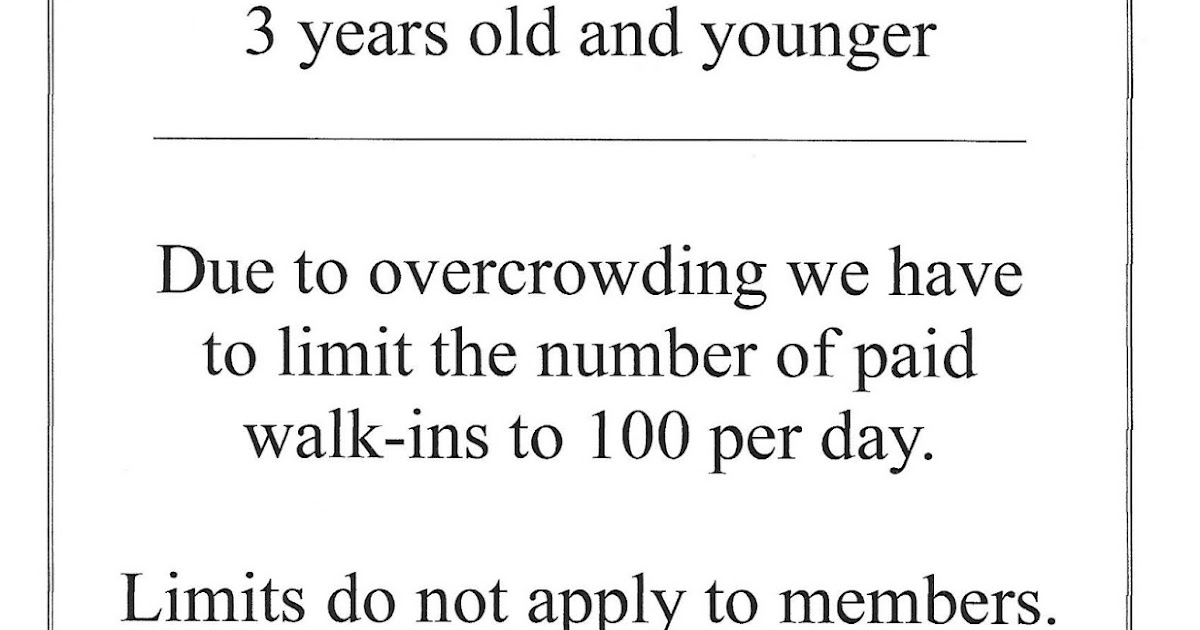
Dropsy in Koi Pond: Causes, Symptoms and Effective Treatment
What is Dropsy in Koi Pond?
Dropsy is a common and serious illness that affects Koi fish and other ornamental fish in artificial ponds and tanks. Also known as edema, the condition is caused by the accumulation of fluid in the fish’s body, particularly in the abdominal cavity. Dropsy is not a specific disease, but rather a symptom of an underlying health problem such as bacterial infection, parasites, poor water quality, or nutritional deficiencies.
Causes of Dropsy in Koi Pond
Dropsy in Koi fish can be caused by a variety of factors such as poor water quality, stress, weakened immune system, and bacterial infections. Here are some of the most common causes of dropsy in Koi pond:
Poor Water Quality
Poor water quality is one of the leading causes of dropsy in Koi fish. When the water in the pond is not well-maintained, it can lead to a buildup of ammonia, nitrite, and nitrate, which can cause stress and weaken the immune system of the fish. This can make them vulnerable to bacterial infections that can cause dropsy.

Bacterial Infections
Bacterial infections such as Aeromonas, Pseudomonas, and Mycobacterium can cause dropsy in Koi fish. These bacteria can enter the fish’s body through wounds, scratches, or gills, and cause internal damage that leads to fluid buildup and swelling.

Stress
Stress is another factor that can contribute to dropsy in Koi fish. Stressors such as overcrowding, poor water quality, overfeeding, and sudden changes in temperature or pH level can weaken the fish’s immune system, making them more susceptible to diseases and infections that can cause dropsy.
Symptoms of Dropsy in Koi Pond
Dropsy can be identified by a few symptoms that are important to recognize so that appropriate measures can be taken to treat the fish. Here are some of the common symptoms of dropsy in Koi pond:
Swollen Body
One of the most obvious symptoms of dropsy in Koi fish is a swollen body that looks bloated, round, and shiny. The swelling can be seen in the abdomen area or throughout the body, and it can be quite severe in some cases.

Pinecone-like Scales
Another symptom of dropsy is the appearance of pinecone-like scales, which can be seen when the scales of the fish start to stand on end, giving it a rough, bumpy texture. This is a result of the accumulation of fluid in the fish’s body and is a sign of severe dropsy.
Lethargy and Loss of Appetite
Dropsy can also cause lethargy and loss of appetite in Koi fish. This is because the fish is experiencing pain and discomfort due to the swelling and internal damage, and it is not able to move or eat normally.

Treatment for Dropsy in Koi Pond
Treating dropsy in Koi pond requires a combination of measures such as improving water quality, isolating the affected fish, and administering medication. Here are some of the most effective treatments for dropsy in Koi fish:
Improve Water Quality
The first step in treating dropsy in Koi fish is to improve the water quality in the pond. This can be done by performing frequent water changes, testing the water for pH, ammonia, nitrite, and nitrate levels, and using filtration systems that can remove harmful chemicals and waste products.

Isolate the Affected Fish
It is important to isolate the affected fish from the rest of the fish in the pond to prevent the spread of infection. You can do this by moving the fish to a quarantine tank or separating it from the other fish using netting or a fish trap.
Administer Medication
Medication can be used to treat bacterial infections that cause dropsy in Koi fish. Antibiotics such as erythromycin, oxolinic acid, and kanamycin can be effective in treating the infection. However, medication should only be used under the guidance of a veterinarian or fish health specialist.

Prevention of Dropsy in Koi Pond
Preventing dropsy in Koi pond is much easier than treating it. Here are some measures that can help prevent dropsy in Koi fish:
Maintain Good Water Quality
The key to preventing dropsy in Koi fish is to maintain good water quality in the pond. This can be achieved by performing regular water changes, using appropriate filtration systems, and avoiding overfeeding the fish.

Avoid Overcrowding
Overcrowding in the pond can lead to stress and competition among the fish, which can weaken their immune system and make them more susceptible to infections. It is important to maintain a proper stocking density and provide adequate space for each fish in the pond.

Quarantine New Fish
When introducing new fish to the pond, it is important to quarantine them first to prevent the spread of infections. This can be done by keeping them in a separate tank for a few weeks and monitoring their health and behavior before introducing them to the main pond.

Conclusion
Dropsy in Koi pond is a serious health condition that can be caused by various factors such as poor water quality, bacterial infections, and stress. It is important to recognize the symptoms of dropsy and take appropriate measures to treat the fish using a combination of measures such as improving water quality, isolating the affected fish, and administering medication. By taking preventive measures such as maintaining good water quality, avoiding overcrowding, and quarantining new fish, you can reduce the risk of dropsy in Koi fish and ensure their health and well-being in the pond.